Why Is My Molly Turning White?
Mollies are prevalent and colorful fish to keep in their aquariums. The problem is that they can start losing their color and turn white if they get sick or do not get proper nutrients or diet.
Why Is My Molly Turning White? Mollies can also begin to turn white if water conditions are not suitable according to their living. Even lighting in your tank decides whether molly will turn white or not.
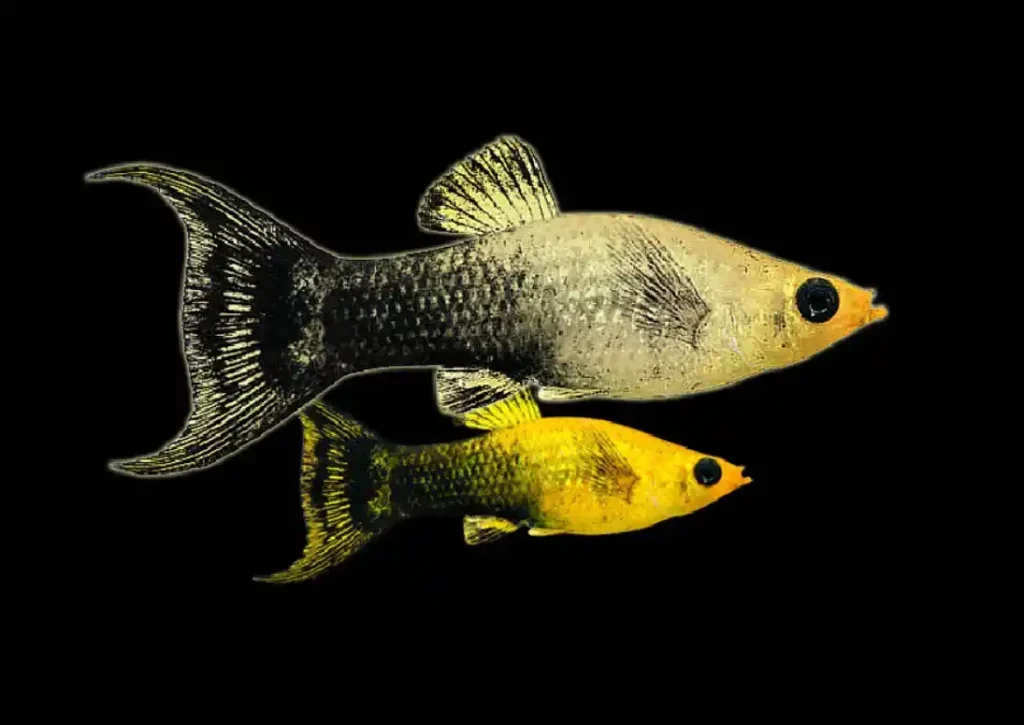
So there are a lot of factors or reasons explaining why your molly can start turning white.
Mollies are kept in freshwater aquariums and add colors and enhance the beauty of the tank.
Thus, if you notice they are losing their color, you should immediately take the help of an expert if you do not know how to treat them.
Table of Contents
- What Are The Reasons Molly can Turn White?
- Can Mollies Get Their Color Back After Losing It?
- Does Water Temperature Affect Molly Fish Color Loss?
- Quarantine Your Sick Molly Fish And Regain Color
- Is Led Light Increase Or Decrease Molly Fish Color?
What Are The Reasons Molly can Turn White?
There could be several reasons for mollies tuning white, and some of them are the lack of proper diet and nutrients.
If you do not have proper sun lighting for the mollies, they can also start losing their color and become white. Thus today, you will briefly learn what causes molly to turn white.
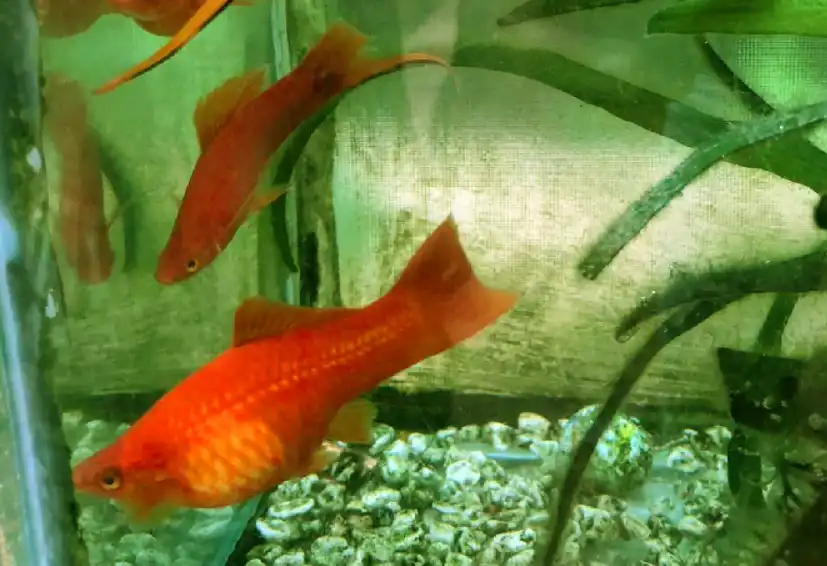
Here are the several reasons listed below.
- Improper Lighting
Mollies might lose their color if they are not exposed to proper lighting. Usually, when you purchase mollies, the water will be in a dark container, so sunlight is blocked.
If you do not provide your mollies with enough lighting, they will also start losing their color. Therefore, you must ensure that their tank is filled with sufficient lighting.
You need to know whether the lighting in your tank is strong or weak.
It is essential to know the cycles of molly food because you need to feed your mollies with some fish food that contains beta carotene. These provide necessary vitamins and minerals to them, providing proper coloration in their body.
- Bad Diet
When there is a lack of a proper diet, many nutrients are missing from the body. Lack of nutrition can lead to nutrient deficiency in their body.
To prevent this from happening, ensure that you give them regular quantities of food. Try not to feed them with leftover foods. Instead, try to provide them with fresh mealworms or other live feed.
You can also mix fish food and mealworms if you do not have enough fish food in your tank.
Can Mollies Get Their Color Back After Losing It?
Mollies are colorful freshwater fish that can grow up to an inch in length, while their lifespan ranges from 2-to 6 years. Unfortunately, they can start fading their color due to aging or other issues.
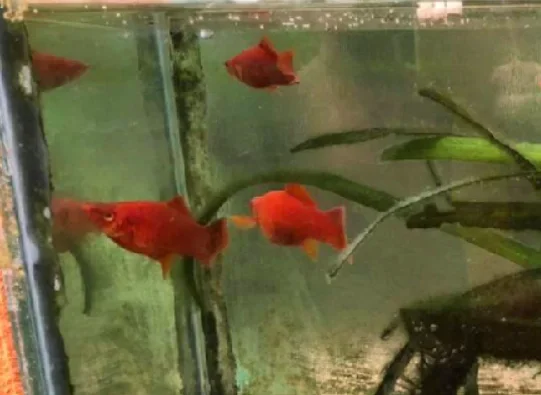
But you can get the color back of your mollies if you can help them when they are in the initial stage of losing color.
If you find out that you have an improper lighting condition that makes mollies worse, you should immediately take action and give them the natural light they want.
You should also take care of their diet and provide them with all the necessary vitamins and minerals they need to get their color back.
To get mollies’ color back, you must provide them with a proper diet. You can do it by following the molly fish care guidelines. The best type of food for them is high-quality pellet food for fish.
You can also give them fresh fruits and vegetables as their side dishes. They can also eat live foods such as worms and brine shrimp sprinkles.
In addition to the proper diet, you should ensure that you have a good tank capable of creating the natural environment your mollies need to get their color back.
Does Water Temperature Affect Molly Fish Color Loss?
Yes, water temperature, alongside other environmental factors, affects the molly fish color loss. It has been found that three things usually determine the time it takes for a molly fish to lose its color.
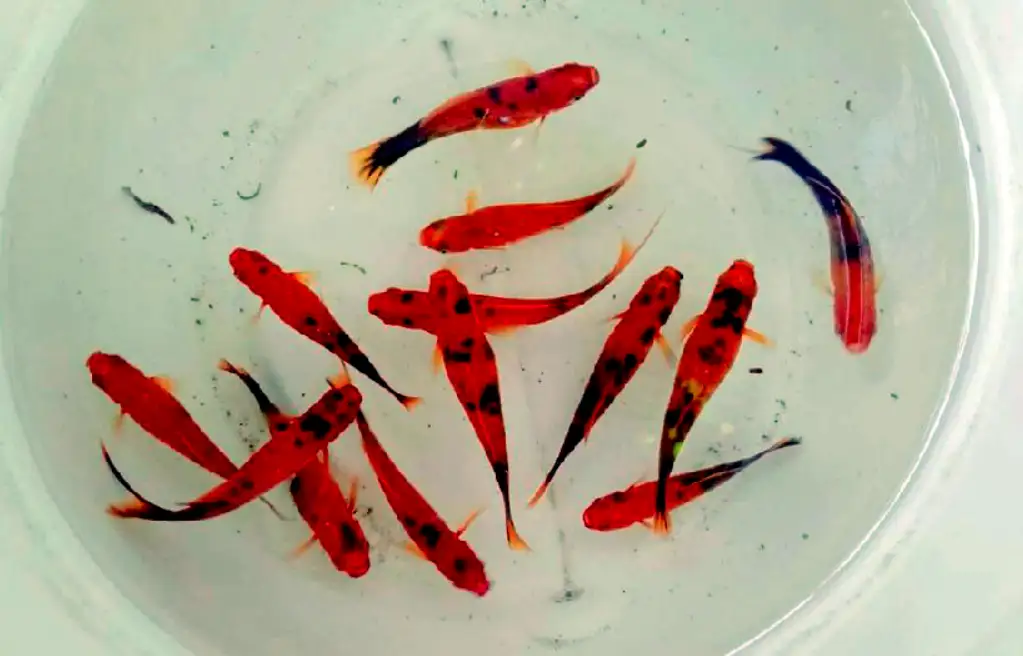
The first is the water temperature. The second is the pollution level in the tank, such as pH and nitrates. Higher levels of nitrates and pH will cause more rapid color loss.
Also, if you will have temperatures high or low, what you need will see them turning white or greyish in the color that too very fast. Thus it is necessary to maintain the temperature in the water tank according to the need of your mollies.
Quarantine Your Sick Molly Fish And Regain Color
If you find out that your molly has the disease and it is fading its color, you should keep them in a separate tank or quarantine them to restore their color and make them healthy.
It is common to have more than one species of fish in the water tank, but people forget to look for their behaviors and needs and whether they should school two species of fish or not.
The different types of fishes have different characters, and some of them are aggressive, and it can be harsh for mollies to live with them.
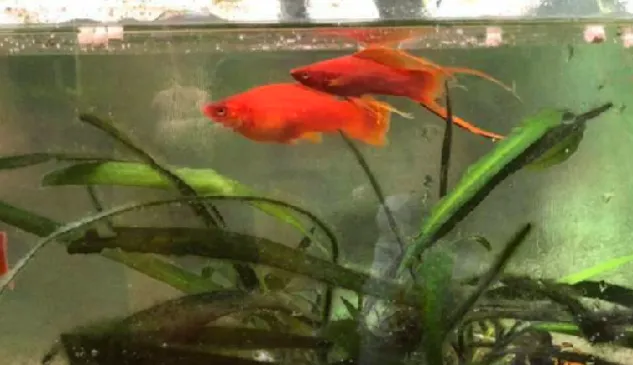
The aggressive fishes keep poking and irritating mollies which makes them stressed. The more stress, fastly they will lose their color out of sickness.
So that is why it is essential to keep sick molly in a separate tank till they get healthy enough to get back with other fishes.
You must not put too many sick fishes together in one tank, and then they infect each other, making them worse.
You must clean the tank regularly and change the water at least twice a week; it is essential to keep all your water tanks as clean as possible; there should be no disease-spreading agents.
Do not forget to add more aquarium plants to your fish tank. Aquarium plants help them feel they are back in the wild, and it will also help to increase their color because aquarium plants help reduce molly stress.
When Molly’s stress reduces, you will see molly get back body-color slowly.
Is Led Light Increase Or Decrease Molly Fish Color?
If you have mollies in your aquarium, you should know that the LED lighting you got for your fish will affect the color of the mollies.
Some people must be wondering how? Well, mollies need LED lighting that can depict natural sunlight.
Also, the intensity and duration of light will determine whether your molly will start to increase or decrease, losing its color.
The color loss is a result of mollies’ biological process. This process is triggered by light intensity and duration.
Mollies need 10-12 hours of natural sunlight and LED lighting to produce colors in their skins. If you choose to use LED lighting as your primary lighting source for mollies, you should know that schedule adjusting is also required.
You should schedule the lights to come on and off at a suitable time so that they can do their job. When you use LED lights as your main lighting source for mollies, it can significantly impact their coloration and growth cycles.
Related Articles :-
https://www.tinyfishtank.com/do-mollies-eat-cherry-shrimp/
https://www.tinyfishtank.com/are-clown-loaches-live-together-with-mollies/
https://www.tinyfishtank.com/can-bala-shark-live-with-mollies/
https://www.tinyfishtank.com/is-brine-shrimp-good-for-molly-fish/
https://www.ncbi.nlm.nih.gov/pmc/articles/PMC9138448/
https://www.sciencedirect.com/science/article/abs/pii/B9780128027288000102
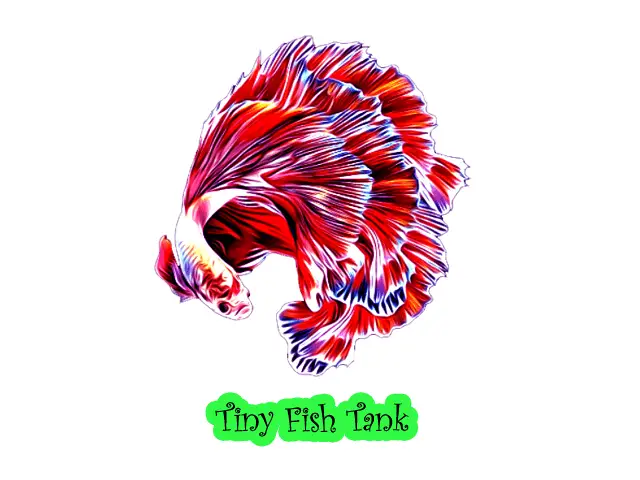
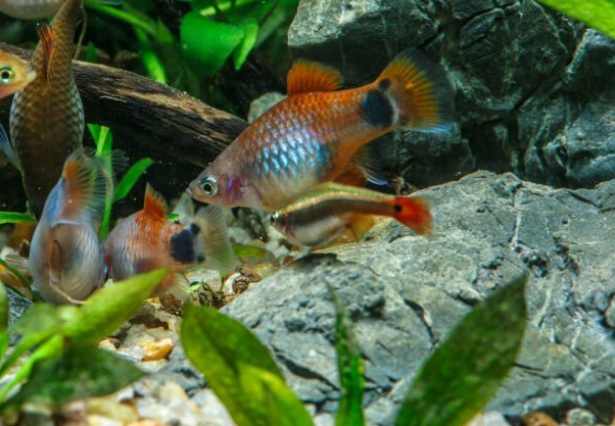
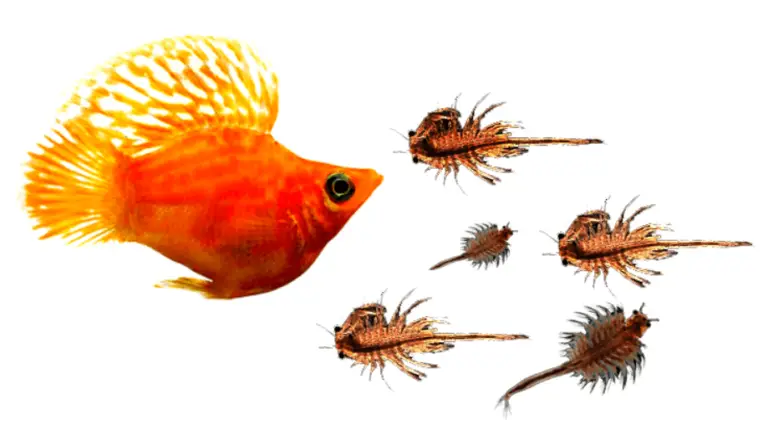
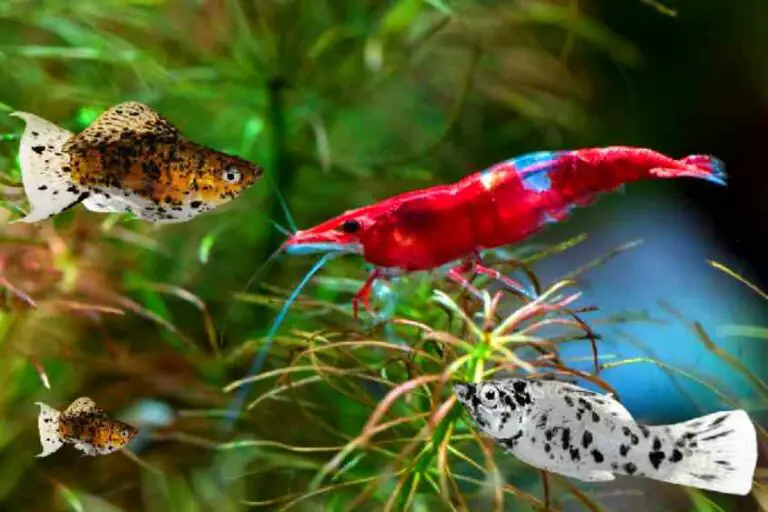
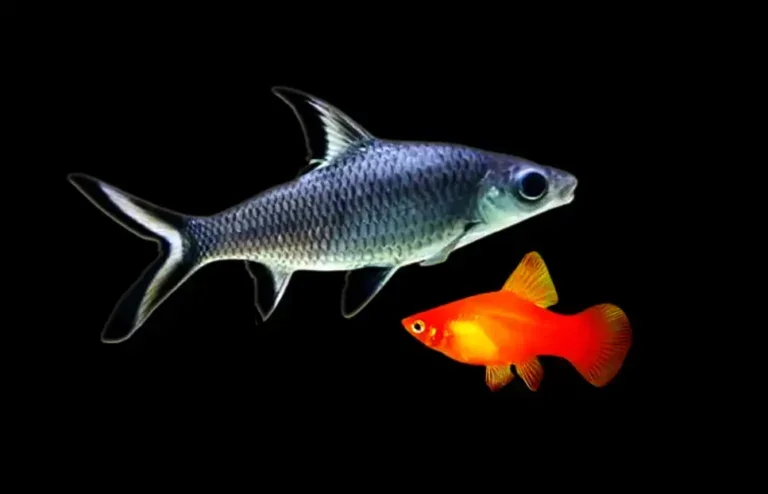
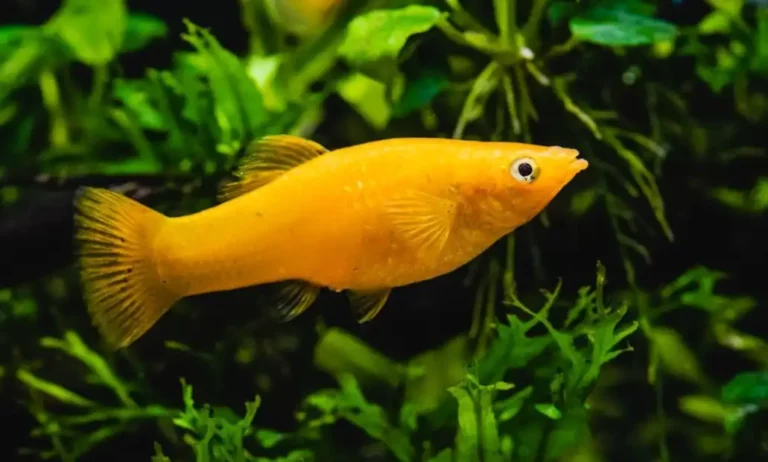
![Can Mollies Eat Ants, Bug Bites And Houseflies? A Safety Guide for Fish Owners [Avoid these 4 Insects]](https://www.tinyfishtank.com/wp-content/uploads/2023/11/Mollies-Eat-Ants-768x503.jpg)
